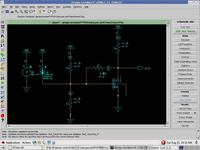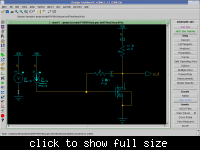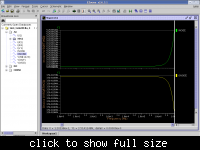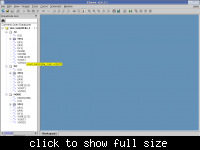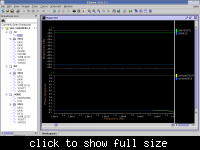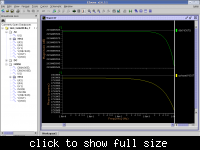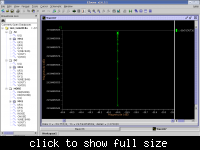ricopt
Member level 5
anyone out there, please help me
Can teach me how to prove my transimpedance amplifier is working ?
what input should i insert ?
and what's the output should i get ?
pls help
Added after 6 minutes:
I don't understand .Why people help others in their posts, but nobody willing to help me ?
Did i post anything wrong ?
Can teach me how to prove my transimpedance amplifier is working ?
what input should i insert ?
and what's the output should i get ?
pls help
Added after 6 minutes:
I don't understand .Why people help others in their posts, but nobody willing to help me ?
Did i post anything wrong ?
